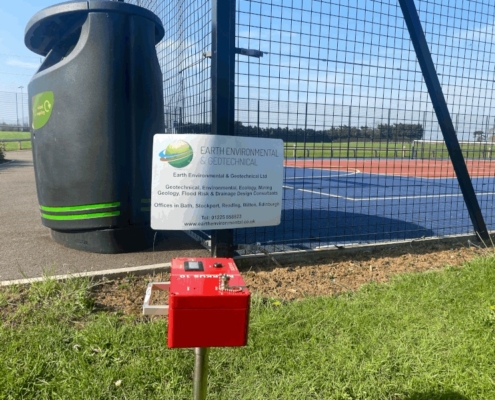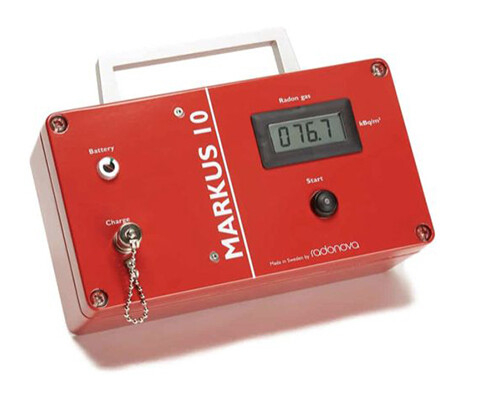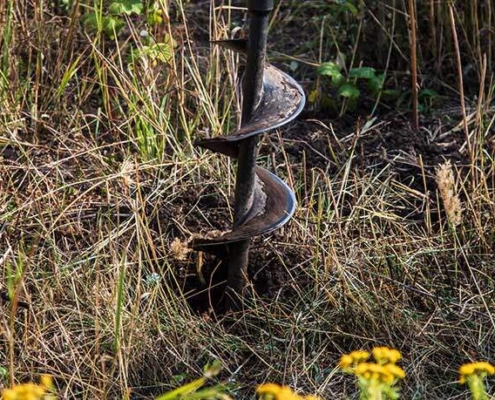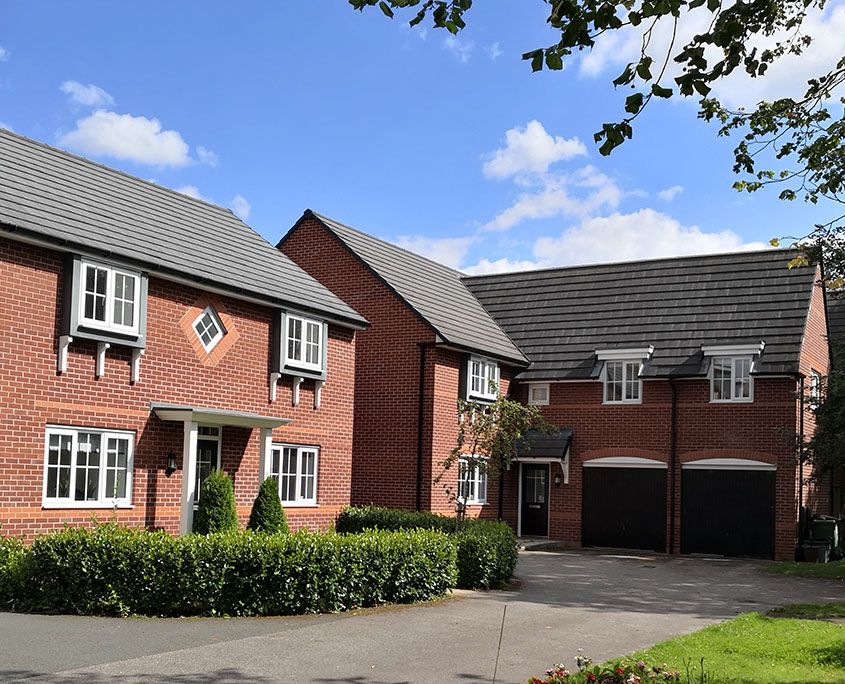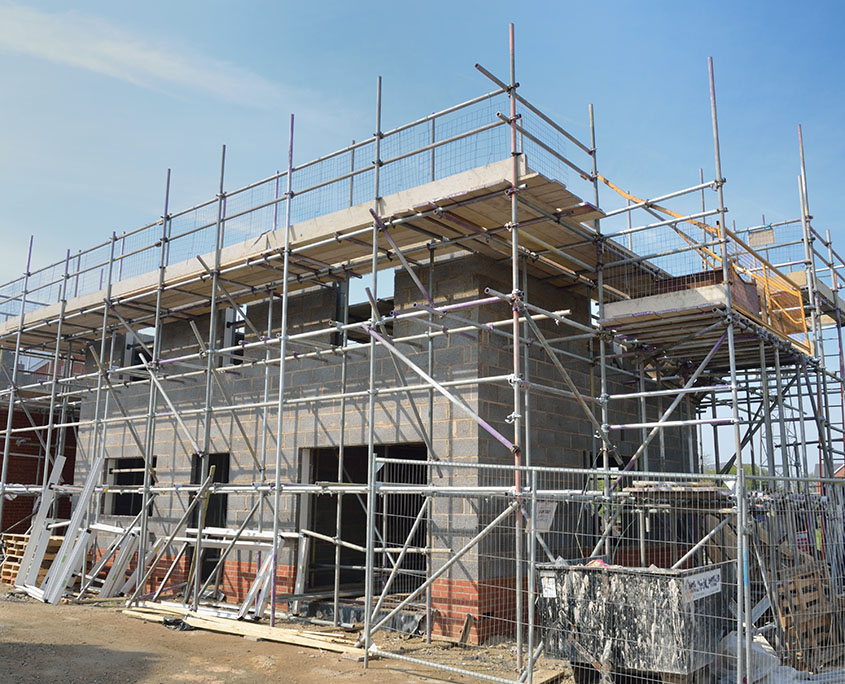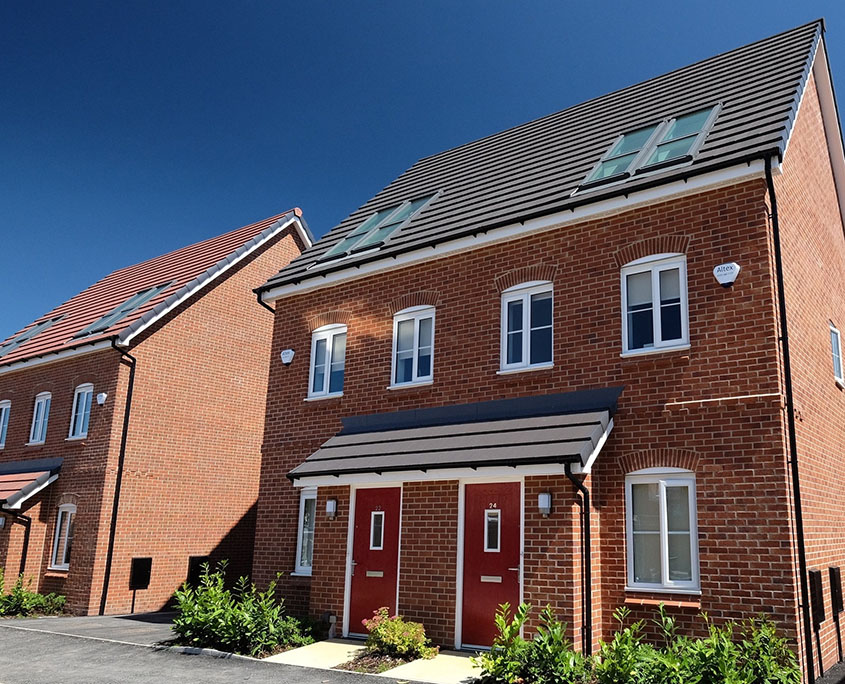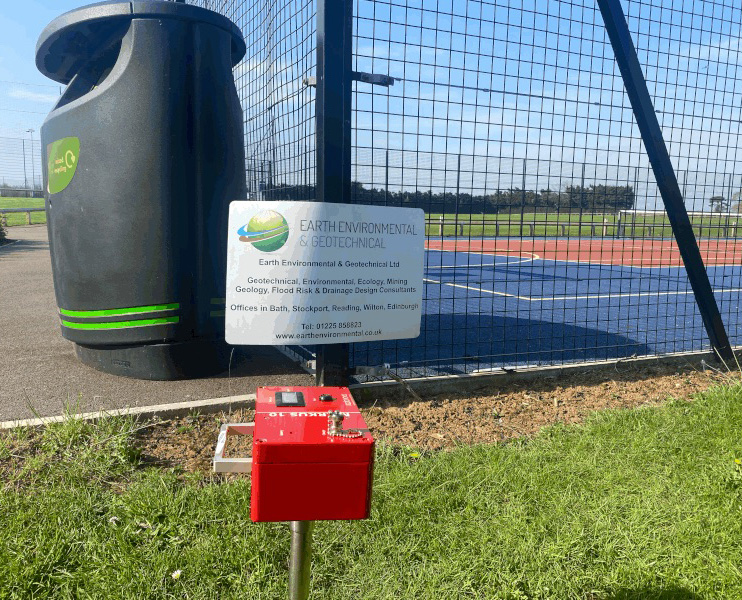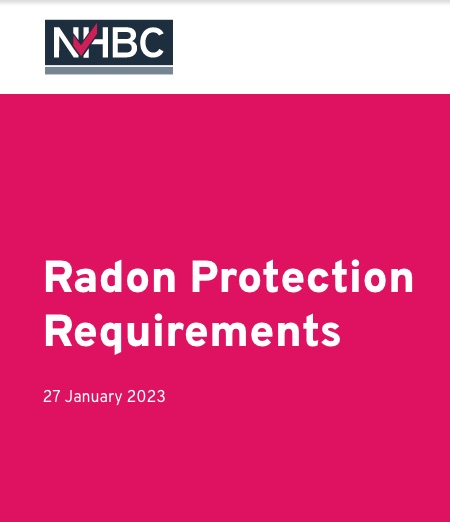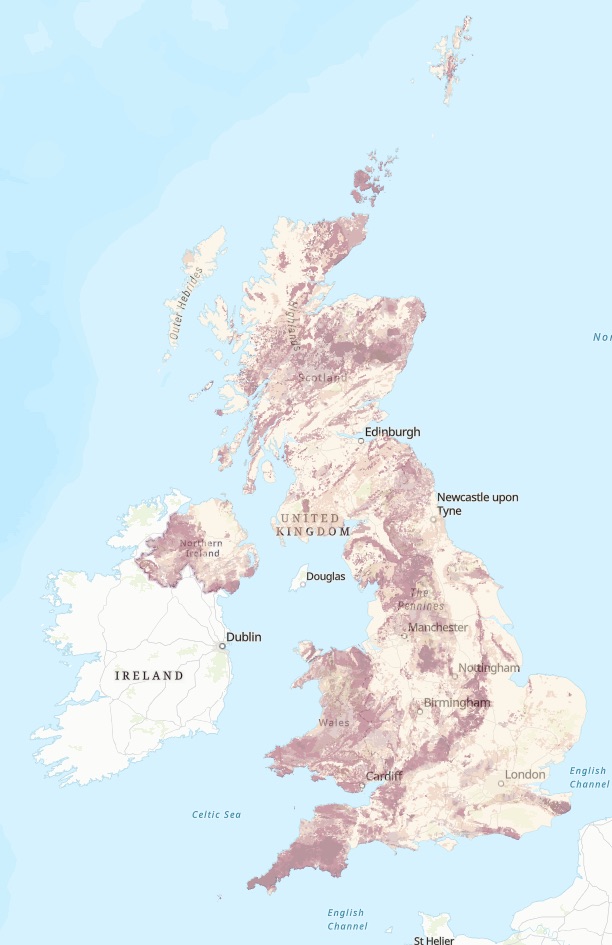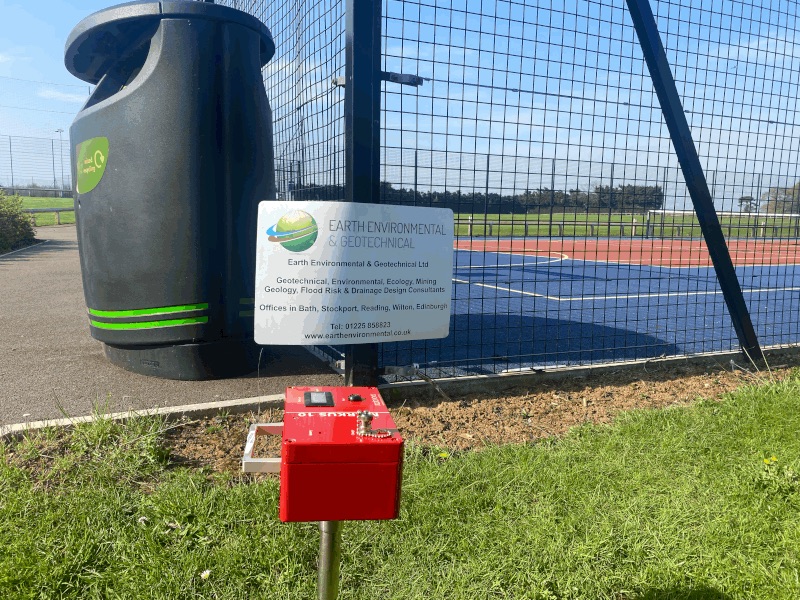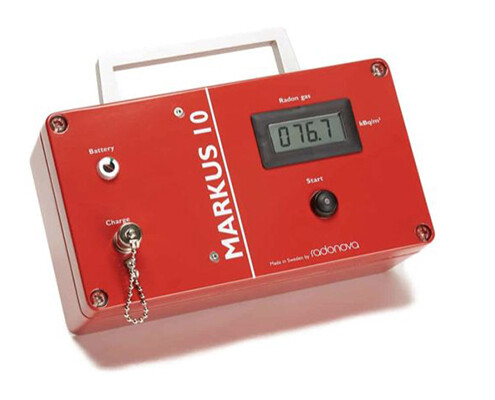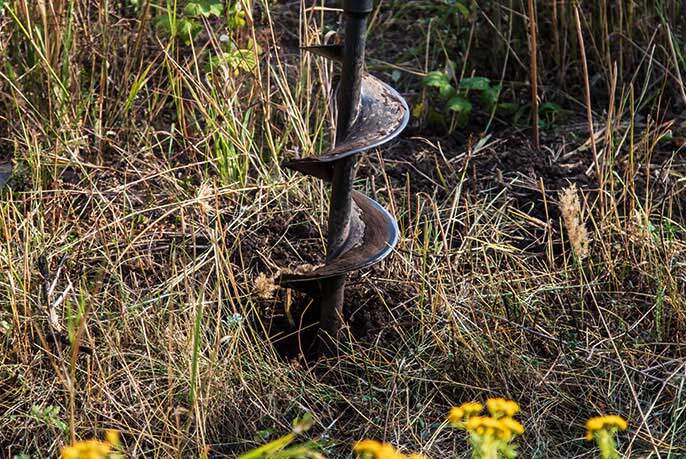Earth Environmental offer a Comprehensive range of Radon Detection and Monitoring
At Earth Environmental & Geotechnical we have an extensive range of Radon Survey services for radon Monitoring and Radon Detection including: in-situ measurement of radon gas activity using MARKUS 10 instruments, Radon monitoring in existing commercial and residential properties, plus we also provide Ecotrak® Radon monitoring radon soil gas
Radon Risk Assessment
The current radon risk assessments are based on 1km square grids on a UK wide atlas. But 1km square is a very coarse grid and research has shown that pockets of elevated radon potential can be found. This risk assessment is indicative, rather than definitive, highlighting the highest radon potential found within the 1km square. That means the radon levels is not actually known, but the potential chance of high radon levels is identified.
Radon Survey : Monitoring and Detecting Radon Gas in situ using MARKUS 10
Earth Environmental & Geotechnical recently acquired a MARKUS 10 instrument to allow in-situ measurement of radon gas activity(kBq/m3) in soils.
The instrument is used for developments in areas where the UK Radon Atlas indicates that between one and ten percent of homes are reported to have radon concentrations above action levels, as a screen to determine whether further assessment is required.
The in-situ radon surveys are used to support Town Planning applications that include an assessment of whether a site is likely to be ‘Suitable for Use’ with respect to risks to future users from radon ingress if no radon mitigation measures are installed or further assessment undertaken.
Human health risk based criteria has also been developed for radon using CLEA and the RCLEA model.
The use of the CLEA equations assumes that radon is present as a trace component in the soil gas and therefore will have equivalent transport properties to air.
Radon monitoring in Existing Commercial and Residential Properties.
In partnership with Radonova we provide Radon monitoring in existing commercial and residential properties. We are also launching our new service – Ecotrak®. This allows for assessment of radon soil gas. Ecotrak® monitoring allows developers make an informed decision whether a NEW residential or commercial property requires radon mitigation measures.
Earth Environmental & Geotechnical are the only company offering Ecotrak® radon monitoring. Contact us now for further information.
What is Ecotrak® ?
The new Ecotrak® detector can be used ahead of new builds and property modernisations and provides quick, reliable information on the amount of radon in the soil being tested.
Unlike other commonly used soil detectors, Ecotrak® is covered by international comparative tests. The detector is supplied in a Tyvek bag, which protects against moisture, dirt and other factors that could affect the result.
Ecotrak® does not have to be returned for immediate analysis, rather it can be collected and stored at stockists for a short period. This enables more streamlined handling and means that detectors from several different monitoring periods can be sent for analysis at the same time.
“Monitoring radon in soil is relatively simple. The challenge is to monitor it in such a way as to provide a reliable result. In part, this means that the product itself has to be high quality. Also able to withstand the stresses that are part and parcel of monitoring in soil. However, it also means using an accredited laboratory that takes part in international tests. This enables us to carry out fact-based comparisons with large amounts of reference data,” says Karl Nilsson, CEO of Radonova Laboratories.
“By launching the new detector, we’re making it simpler and safer than ever to monitor radon in soil. No matter what type of construction is involved, there’s great value in understanding the radon situation. What’s more, in some cases the local building committee requires a study into radon levels before granting building permits. Should monitoring show that the site is what’s termed ‘high risk’, the construction can be made radon-proof from the beginning,” says Oskar Boström, product manager at Radonova Laboratories.


